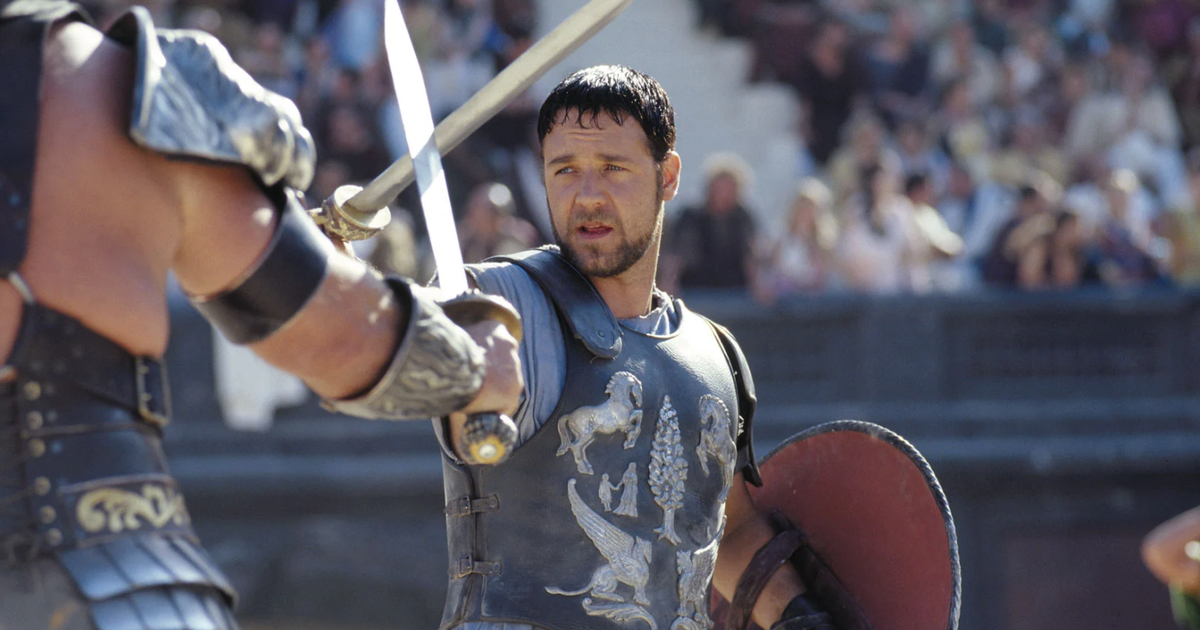Actor Johnny Weissmuller as Tarzan, in a 1940's still, Silver Screen Collection / Getty Images
What do you do when, forcibly emptying one of the rooms where you accumulate books, the volume with the twelfth novel of the adventures of Tarzan, which you have not read, appears under piles of forgotten titles?
Indeed: put the task aside and immediately start reading it as if there were no tomorrow.
Look that I have homework and reading overdue (they give me for several lives) and that the clearing of that hidden parallel library was urgent because they have to enter to paint, but the call of the jungle and the powerful cry of the
Tarmangani
have returned to me
,
raised among the great apes.
I am one of those who subscribe to the consideration of Ray Bradbury: "We may have liked Verne, Wells and Kipling, but we loved, adored and almost went crazy with Mr. Burroughs."
More information
Chita, the chimpanzee from Tarzan of the Monkeys, dies
How Tarzan got his loincloth
Tarzan and the lost empire
(the edition that I have rescued covered with dust is from Edhasa from 2000) is not considered one of the best of the 24 novels by Edgar Rice Burroughs about his immortal character (I had so far only read the first five, in the old editions of Gustavo Gili of the fifties), but it has its crumb. In it Tarzan is unexpectedly immersed in the Roman world and experiences adventures that resemble those of Gladiator, including fighting to the death in the amphitheater -change tiger for lion- and leading a conspiracy against an evil and cruel emperor leading from the dungeons to a group of dissident patricians, legionaries, slaves and gladiators. At times, reading, you do not know if you imagine Johnny Weissmuller or Russell Crowe: Maximum Tenth Meridio in loincloth. In the novel, Tarzan learns Latin,or at least the Latin mixed with Bantu spoken by the Romans of the jungle, in whose library, by the way, are lost works of antiquity ...
Tarzan's Twelfth Adventure, written at Tarzana Ranch and published serialized in five parts in 1928, follows
Tarzan Lord of the Jungle
and before
Tarzan at the Center of the Earth
. It starts with a request to Tarzan from a German doctor (Germans are good here) to find his archaeologist son who has disappeared while following the trail of a legendary lost tribe in the Wiramwazi Mountains, wherever that may be. The funny thing is that the search leads Tarzan to live not another adventure against ruthless Arab slave and ivory traders or to fight against lustful Swedes or the leopard men who stalk people on the jungle roads at night, but to discover heirs of the Roman Empire in the heart of Africa.
Those scions of Rome are descendants, we will discover, of a cohort of service in Egypt that, under the command of a pretender to the throne, the prefect Marcus Crispus Sanguinarius (sic) marched in the year 90 (very) to the south to avoid the wrath of the Emperor Nerva, a curious choice because Nerva was not only a good guy but he ruled very little, two years.
In hidden places, the escapees gave rise to not one but two mini empires, Castra Sanguinarius and Castrum Mare, at odds with each other and each with their own evil and corrupt emperor at the head of pyramidal slave communities, with the whites at the top. , mulattoes and blacks in descending hierarchy.
Vignettes from the comic book adaptation of 'Tarzan and the Lost Empire' Project Gutenberg
Burroughs had a wonderful time writing his novel. Not only did he love lost worlds - Opar, Pellucidar, Caprona-Caspak, not to mention Mars or Venus - but he was a fan of Roman history, with a very Gibbon perspective (decay, etc.). The creator of Tarzan, by the way, always also said that the character was inspired by the legend of Romulus and Remus. And no doubt he knew of the expedition in search of the sources of the Nile in the time of Nero. Descriptions of
Tarzan and the Lost Empire show
how he enjoyed putting Romans in the context of wild black Africa, legionnaires, aquilifers and centurions with their gladios, breastplates, caligas and crested helmets mixed with African warriors, including the fierce and Faithful white-feathered waziri subjects of Tarzan.
In the parade and games scenes in the amphitheater the author threw the rest. In the first, a Caesar advances in triumph in a chariot drawn by lions to which the captive Tarzan is chained - "a lion tied to lions," Burroughs is excited. In the fights of the African coliseum (much lower than the Tunisian one in El Djem and not to mention that of Rome that appear in
Gladiator
), Tarzan faces gladiators and a great black-maned lion. The moment in which he defeats him and launches his cry from the center of the amphitheater in the middle of Africa is anthological. It is impossible not to join in with your own scream, which can baffle the neighbors, especially if you read at night. Then,
they take out six giant apes from
the
Tarmangani,
six of them, of course (man if it's that kid,
Kala's
son
!
), they go to his side.
The way Tarzan makes the other captives thrown into the arena fight together to survive and his challenge to the emperor in the box are pure
Gladiator;
to me that Ridley Scott had read
Tarzan and the Lost Empire
: maybe he also found the book by clearing some shelves.
Where Burroughs did not put much imagination is in the Roman names, apart from Sanguinarius we have a Maximus Praeclarus that looks like Asterix and a Fulvus Fupus that one would have to imagine pronounced by the gnarly Pilate from
The Life of Brian
.
Frame from the film 'The Legend of Tarzan' (2016).
In the novel, full of adventures, escapes, chases and symmetrical parallel plots (so symmetrical that sometimes you get lost), Jane does not appear, and Tarzan is only a witness to the loves of others. It is already known that one of Burroughs's strengths, whatever he wrote, was to have romances with princesses, aristocrats or priestesses of good looking. Of course, here, according to the
Tarzanian
chronology
, the ape man, in the world John Clayton III and eighth Duke of Greystoke, although in top form he is already a grandfather (the story takes place in 1927, the son of Korak, Tarzan's offspring, and Meriem he was born in 1921). But in reality there is a great love story that affects the protagonist: the one told by his little monkey
Nkima,
loving to the extreme, and decisive, although always afraid of the stalking of the panther
Sheeta
and the lioness
Sabor
.
It must be remembered that in the novels there is no monkey Chita, which is a cinematographic addition.
In short, the trip with Tarzan to the lost Roman world, which is as if Fernando Savater brought together
The recovered childhood
(and
Invisible creatures,
where he gave voice to the
Tarmangani)
with
Julian in Eleusis
, leaves you wanting to continue with the other Burroughs titles.
I already get a kick out of thinking that the 22nd is
Tarzan and the
foreign legion,
and that if I keep ordering books somewhere it will come out ...









/cloudfront-eu-central-1.images.arcpublishing.com/prisa/Z45E6KV7VJGUXAKJWH7VA4NJSE.jpg)




